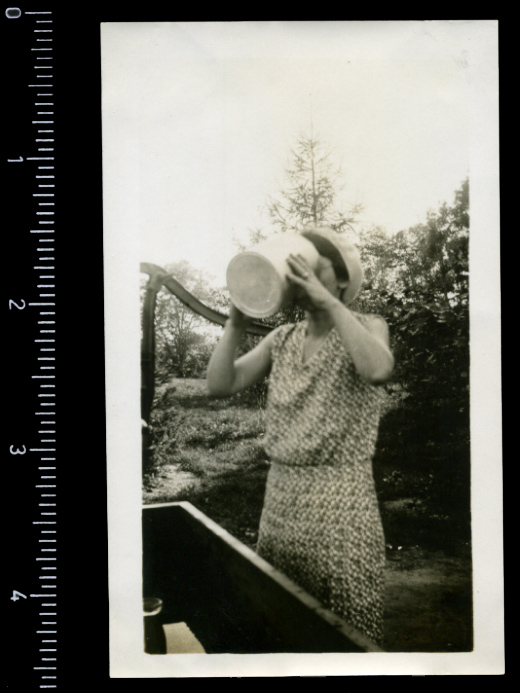Schwarz
View current page
...more recent posts
I've just finished reading Peter Blecha's new book Sonic Boom, The History of Northwest Rock, from "Louie Louie" to "Smells Like Teen Spirit" and I'm jonesing to dig through my attic to find all my old "Garage Punk Unknowns", "Back From The Grave", "Teenage Shutdowns" and other similar comps. The book, which focuses almost entirely on the inception of rock through the mid 60s, does a great job of describing the complicated scene that brought about greats like The Sonics (whose incredible first record, Boom, is the source of the book title), The Wailers, The Ventures, Paul Revere and the Raiders and, most famously, the Kingsmen. And, perfect for FMU fans, all of the obscure, short lived bands and the hits that never were are documented in passionate detail.
Peter Blecha attacks history from numerous angles. He covers the racial impact of rock and roll. He's got insider information on the publicists and marketers who made the deals that made the hits. He's got behind the scene anecdotes from the bands. For instance, in one of many sections on the Kingsmen's famous recording of "Louie, Louie", Blecha reveals that during the first take, the band's manager physically forced the recording engineer out of the studio. During the second and final take, The Kingsmen did not even know that they were recording a final take, they just thought they were running through the song for practice. And after hearing the playback, which The Kingsmen thought was absolute crap, the manager demanded that the band pay studio fees - when the band couldn't pay, one of their moms fronted the fifty bucks! A good investment on her part, I must say.
Sadly, the wisdom of these two works has not rubbed off on the rebuilding of the World Trade Center site in New York. There, more than seven years after the Twin Towers were destroyed, the public and private bodies involved in the site are still wrangling over fundamental aspects of the reconstruction. Two of the mighty towers planned for the site are in danger of being shrunk to a mere 25 storeys. The astoundingly expensive National September 11 Memorial & Museum has had its projected completion put back so that it is now due to be finished, just in time for the tenth anniversary of 9/11, in 2011.
The Freedom Tower, the emblem of the rebuilding, is now rising towards its symbolically significant height of 1,776 feet (to recall the year of independence), and it is due for completion in 2014, but it has lost its resonant name. It was recently announced that it would be called One World Trade Center for marketing reasons. 'We will ensure that the building is presented in the best possible way,' said the chairman of the Port Authority, which is building it, evidently believing that commercial tenants would rather not rent space in a symbol. The news has provoked outrage: 'Freedom is out of fashion at Ground Zero,' said the New York Post.
The reconstruction of Ground Zero,in other words,once intended as a defiant riposte to terrorists, as a demonstration of the invincible might of American freedom, has turned into something else. It is now a demonstration of the baroque manoeuvres in which New York specialises when it comes to large-scale construction schemes. It shows what can happen when political, commercial and architectural egos tangle.
gillians found photos #16 : 4x 3rd row pov murry the k show at the brooklyn fox theater featuring the shangralas
The office of Harley Earl, X-Vice President of Design at General Motors
via vz
skateboard scraps make a sculptural seat

old seedy gotham
Soon after the fatal train collision that killed engineer John Luther Jones (he was nicknamed “Casey” because he was from the town of “Cayce”, Kentucky) on april 30, 1900, heroic tales of his death started to be told across the South. When he was living, Jones already had a growing reputation among railroad folks for his trademark whistle (every engineer at this time could make his own whistle) and for his aptitude at being always on time. After his death, he became a real heroic figure and the song about him helped to carry his memory over the years. Like “Frankie and Albert” , the story of the Casey Jones ballad goes back and forth between the folk and popular music worlds. It originally started with Wallace Saunders, a black engine wiper who worked on a railroad shop in Canton. Saunders was known for his ability to make songs about people and singing or whistling them as he was working. The song he made up about Casey Jones, derived from an older african-american “Blues ballad” called “Jimmy Jones”. It had a very catchy tune and people along the railroad line started to sing it. Illinois Central Engineer William Leighton loved the song so much that he told about it to his two brothers Frank and Bert, who were vaudeville performers. The Leighton brothers re-arranged the song with a chorus they added and sang it in theatres around the country. Finally two other vaudeville performers Lawrence Seibert, singer and Eddie Newton, composer, took the credit for the song and published it in 1909 under the title “Casey Jones , the brave engineer”. From then it became a very popular piece and althought it described a tragedy, the song had a humorous feel and a catchy melody that pleased everyone. Recordings were made of the “vaudeville” Casey Jones” and this version enterred as well the oral folk tradition where it could be mixed with older songs. Many parodies and other songs were also made, using the “Casey Jones” melody.from old weird america a french tribute blog dedicated to harry smith and his musical anthology
second homes for leisure living
via justin
